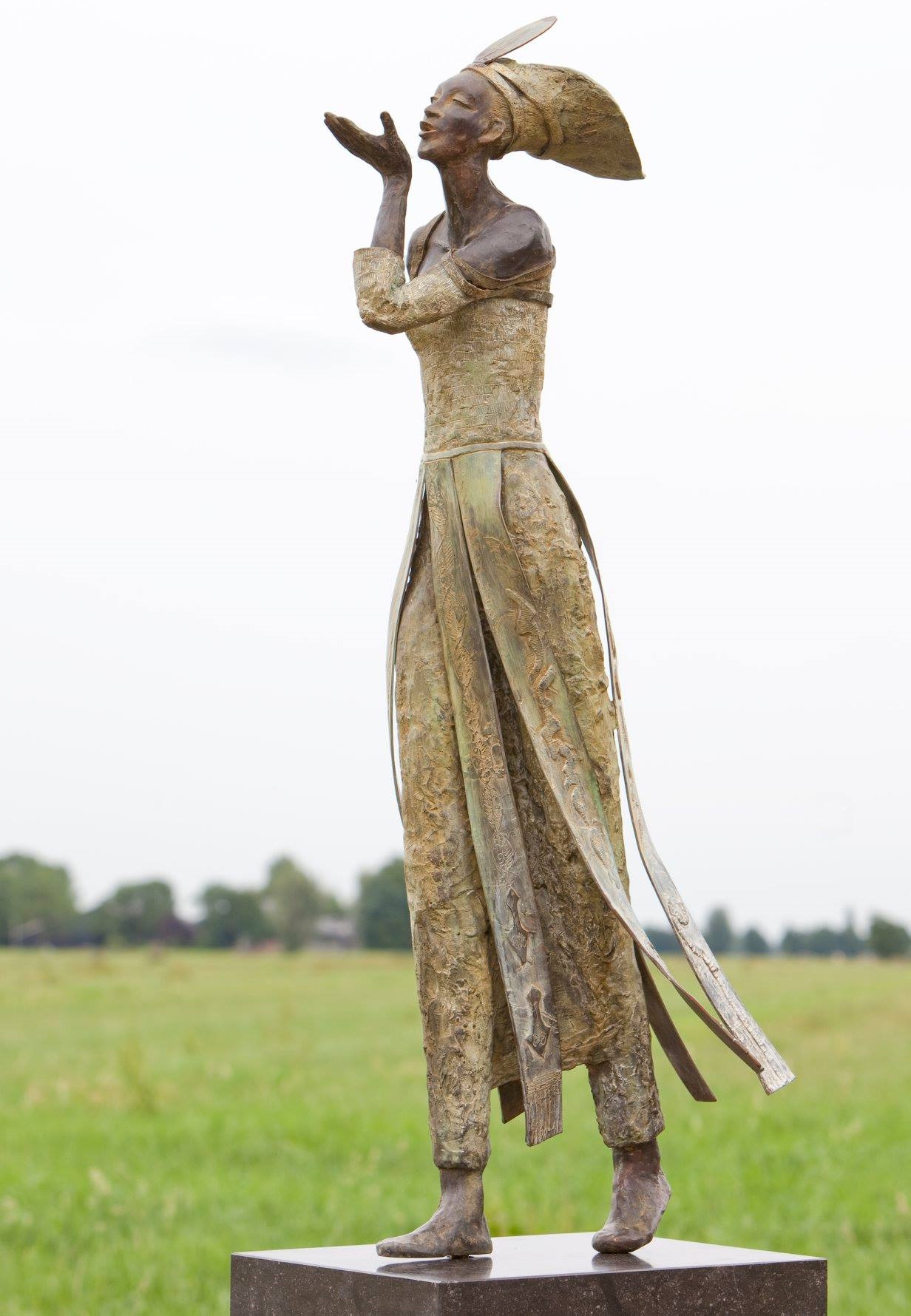Saint Luke Drawing the Virgin is a large oil and tempera on oak panel painting, usually dated between 1435-1440, attributed to the Early Netherlandish painter Rogier van der Weyden (1399/1400 - 1464).
The painting is in the collection of the Museum of Fine Arts, Boston.
According to tradition, Saint Luke created the first portraits of the Virgin Mary and the infant Jesus from life, making him the patron saint of painters.
Here, in one of the most important Renaissance paintings in North America, Rogier van der Weyden introduces an unprecedented sense of naturalism, grounding a sacred episode in everyday experience.






















